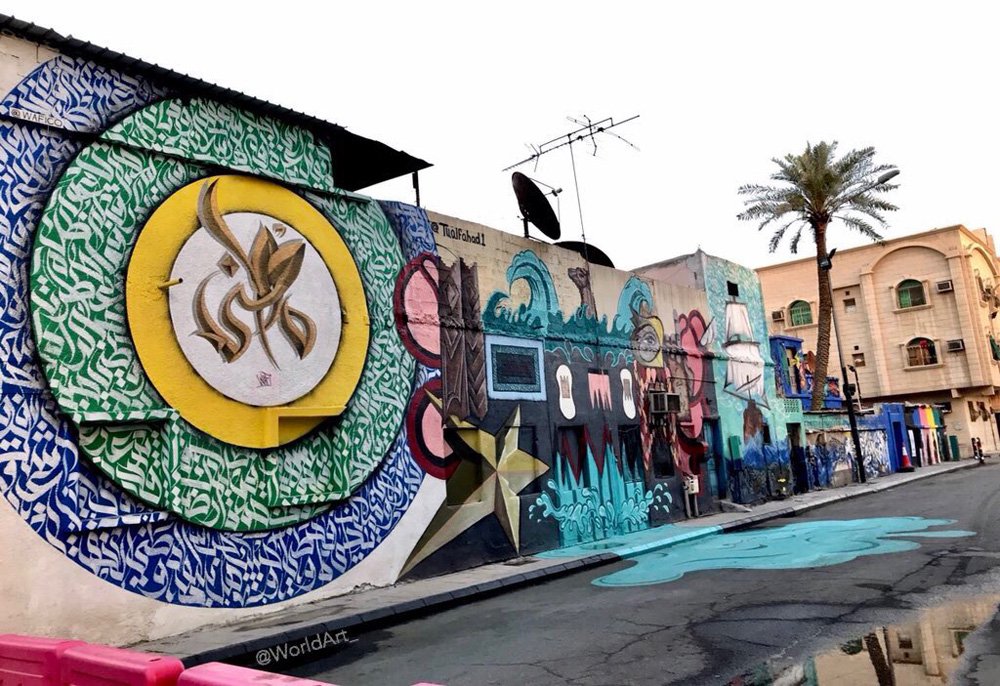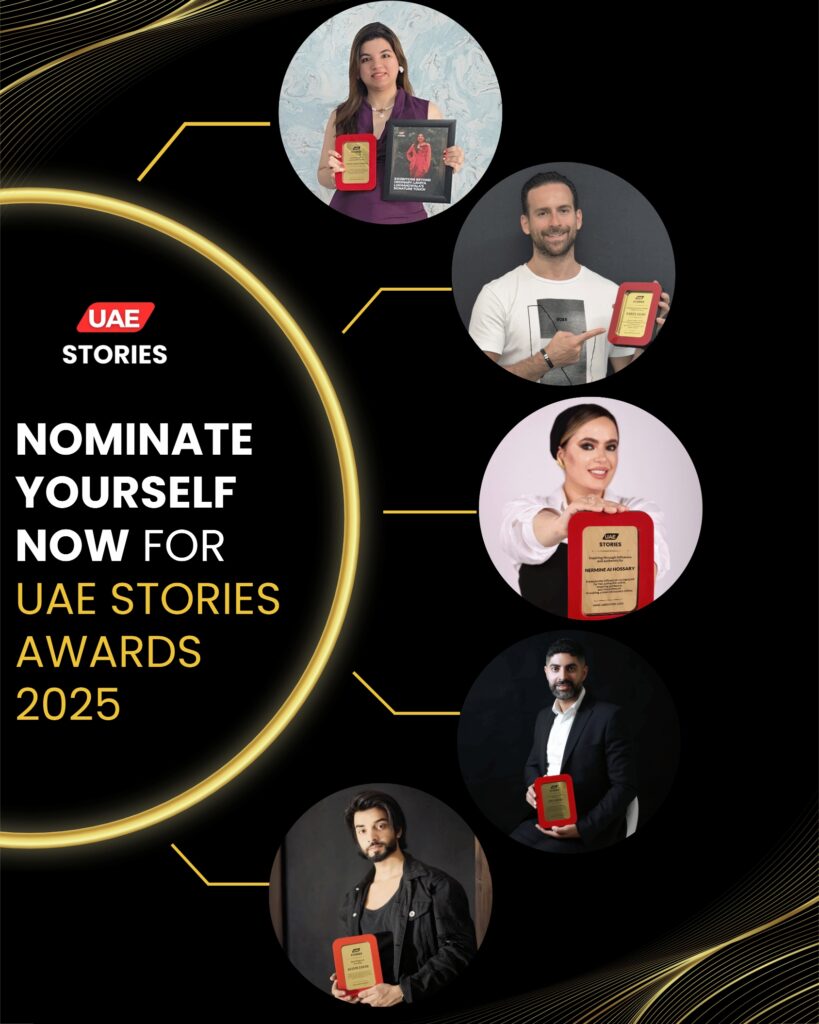Once seen as an act of rebellion, graffiti is now becoming a symbol of creative freedom across Dubai’s urban landscape. As the city evolves, its walls are increasingly being transformed into vibrant canvases where stories, cultures, and emotions come alive in bold strokes and vivid colors. A new wave of graffiti artists is leading this movement, reclaiming public spaces and giving residents and visitors a fresh perspective on the city’s dynamic spirit.
From Taboo to Celebration
Graffiti in Dubai has long walked a delicate line between illegality and acceptance. Traditionally associated with vandalism, street art was once frowned upon in many parts of the UAE. However, a shift in perception is underway. Thanks to initiatives like Dubai Walls and vibrant community projects, street art is now celebrated as a legitimate form of cultural expression.
Artists are not only permitted but often invited to breathe life into neighborhoods through their work. This shift has empowered a generation of artists who see graffiti not as mere decoration, but as a way to engage with the community, spark conversations, and reclaim urban spaces for creativity.

Stories Woven in Color
Wandering through areas like City Walk and Al Quoz, it’s impossible not to notice the striking murals that tell the stories of Dubai’s heritage, dreams, and diversity. Local and international artists have come together to create a visual dialogue that bridges cultures and generations.
One standout project is the Dubai Street Museum, a government-supported initiative aiming to turn the city into an open-air gallery. Murals here depict everything from traditional Emirati life to futuristic visions of Dubai, showing the world a city that honors its past while embracing innovation.

These artworks have transformed otherwise overlooked walls and alleys into destinations of their own. In doing so, graffiti artists are reclaiming not just space but also the right to contribute to the city’s evolving narrative.
Voices Behind the Walls
At the heart of Dubai’s graffiti movement are artists who see public spaces as a means to foster dialogue and community. Homegrown talents like Myneandyours, known for the iconic cloud motif, have become symbols of positivity and hope.
Similarly, the works of artists showcased at local creative spaces reflect a deep commitment to nurturing local talent. These creative hubs offer workshops, exhibitions, and residencies that support artists in mastering their craft while encouraging them to push creative boundaries.
By providing platforms for emerging and established graffiti artists, these institutions help weave street art into the broader cultural fabric of the city.
The Changing Face of Public Space

Graffiti’s rise in Dubai is more than just an aesthetic trend—it’s reshaping how public spaces are perceived and used. Murals bring color and character to otherwise sterile urban environments, turning parking lots, abandoned buildings, and even underpasses into places where people can pause, reflect, and engage.
This reclamation is not just physical but emotional. For many, these spaces now feel more inclusive and alive. They offer a rare sense of connection in a fast-paced, often impersonal urban setting. Street art brings stories to the surface—stories that might otherwise remain hidden in the city’s glossy facade.
The city’s increasing embrace of graffiti also aligns with its broader goals of becoming a global creative hub, a vision championed by the local cultural authorities.
Challenges on the Canvas
While there is growing acceptance of street art, graffiti artists still face challenges. Securing permissions, navigating regulations, and ensuring their work is not misinterpreted remains a delicate balancing act. Artists often need to work closely with city planners and property owners to ensure their projects align with legal and cultural expectations.
Moreover, the nature of graffiti—impermanent and exposed—means that even celebrated pieces can be at risk of being removed or replaced. But for many artists, this transience is part of the magic. It’s a reminder that cities, like their art, are in a constant state of flux.
A Movement with Momentum
The future of graffiti in Dubai looks promising. With increasing support from cultural bodies, a growing appetite for public art, and a new generation of artists ready to make their mark, the city’s public spaces are set to become even more vibrant and expressive.
Events celebrating art and creativity are further blurring the lines between street art and mainstream art, giving graffiti artists platforms to showcase their work beyond the streets.
As Dubai continues to evolve, its walls will tell the stories of its people—loudly, proudly, and in full color. In reclaiming these public spaces, graffiti artists are not just making art; they are making history.














